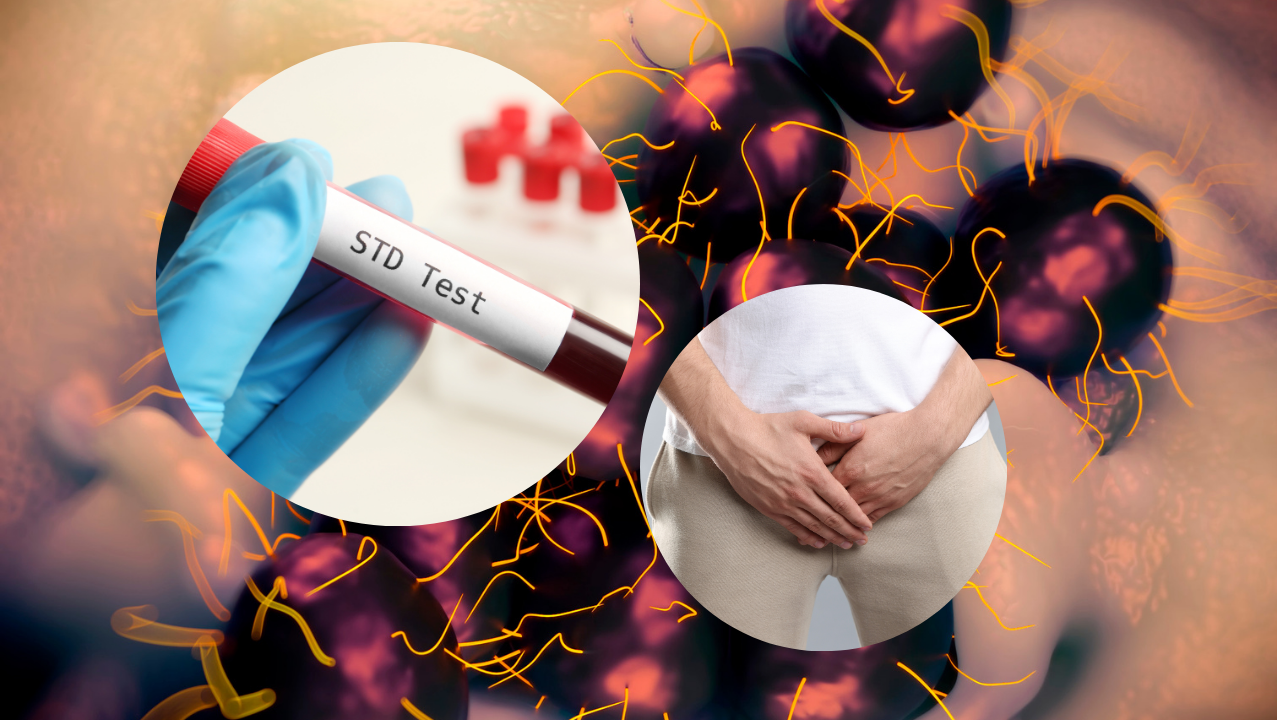US Faces Nationwide STD Epidemic As Cases Surge Past 2.3 Million

SummaryThe CDC warns of a nationwide STD epidemic, with over 2.3 million Americans affected by chlamydia, gonorrhoea, and syphilis. Reportedly rising due to poor sex education, limited healthcare access, and symptomless transmission, regular testing, safe sex practices, and timely treatment to curb spread are important.
End of Article
